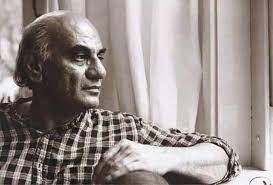
Mani Kaul was a filmmaker, renowned for his distinctive and poetic approach to cinema. HE was born on 25 December, 1944 in Jodhpur, Rajasthan. Kaul embarked on a cinematic journey that would redefine the boundaries of storytelling and visual aesthetics. He did his graduation from the Film and Television Institute of India (FTII) where he was a student of Ritwik Ghatak and later became a teacher. He was a nephew of actor-director Mahesh Kaul, who produced films like Raj Kapoor starrer Sapno Ka Saudagar (1968).
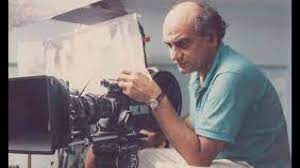
Mani Kaul’s early life was marked by a passion for the arts. After completing his education, he delved into the world of cinema with an insatiable curiosity. His exploration of various forms of artistic expression laid the foundation for his unique filmmaking style.
Kaul’s cinematic works, spanning both feature films and documentaries, earned him acclaim for his avant-garde storytelling. He was a pioneer in the New Wave cinema movement in India, challenging traditional norms and pushing the boundaries of visual storytelling.
Filmmaker Sameer Wadhwa, in his obituary of Mani Kaul published in Hindustan Times writes: “Mani Kaul had perfected the art of deeply moving his audience cerebrally by meticulous philosophical exposition. His films effortlessly employed temporality to create a deep spatial landscape in which human emotions oscillated with an incendiary provocation. This cinematic gesture was so subtle that if one were not attentive the meaning would be lost.”
Some of Kaul’s most celebrated works include Uski Roti (1969), Sara Aakash (1969), Ashadh Ka Ek Din (1971), Duvidha (1973), Puppeteers of Rajasthan (Documentary) (1974), A Historical Sketch of Indian Women (Documentary) (1975), Ghashiram Kotwal (1976), Chitrakathi (Documentary,1977), Arrival (Documentary) (1980), Satah Se Uthata Admi (1980), Dhrupad (1982), Mati Manas (Documentary, 1984), A Desert of a Thousand Lines (Documentary, 1986), Before My Eyes (Documentary, 1989), Siddheshwari (Documentary, 1989), Nazar (1991), Idiot (1992), The Cloud Door (1995), Naukar Ki Kameez (The Servant’s Shirt) (1999), Bojh (Burden) (2000), Ik Ben Geen Ander (I Am No Other) (Netherlands) (2002), A Monkey’s Raincoat (Netherlands) (2005), Signature Film (for Osian’s Cinefan Festival of Asian and Arab Cinema) (2006).
These films not only showcased his technical brilliance but also revealed a deep understanding of human emotions and societal nuances.
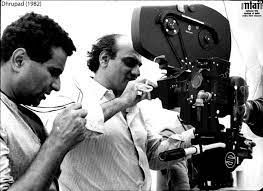
Mani Kaul was a maestro in the art of slow cinema, utilizing long takes and deliberate pacing to immerse audiences in the nuances of his narratives. His films were not just visual feasts but also intellectual and emotional experiences.
Even though Kaul’s works were not always commercially successful, his influence on Indian cinema is immeasurable. He inspired a generation of filmmakers to break free from conventional storytelling and explore the untapped potential of the medium.
He was jury member of 21st Berlin International film Festival in 1971. Kaul was a visiting lecturer at Harvard University for the 2000-2001 year.
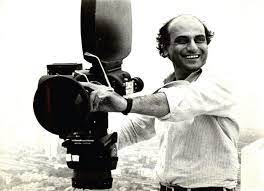
He was died on 6 July 2011 at his residence in Gurgaon, Haryana after prolonged battle with cancer. Despite his relatively short filmography, his legacy endures through the filmmakers he inspired and the timeless beauty of his cinematic creations.
Mani Kaul’s legacy lives on, not just in his films but in the minds of those who continue to be captivated by the sheer artistry and intellectual depth he brought to the world of cinema. His life and work remain a testament to the enduring power of visionary storytelling.
He is survived by two sons and two daughters.
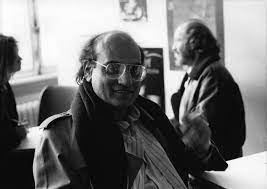
Noted film critic and filmmaker Khalid Mohamed commented on his demise, “As a film director, he discussed the status of women (Uski Roti, Duvidha), crafted visually seductive documentaries (Arrival, Before My Eyes, A Desert of a Thousand Lines) and went through a spell of interpreting Fyodor Dostoevsky’s masterworks. The Russian writer’s short story A Gentle Creature inspired Nazar, shot in low, chiaroscuro lighting.”